Sorry I dont know the appropriate terms that should be used in this subject!
I have an inductive motor, it has 3 different speeds (or windings) at 50 Hz:
350 rpm / 700 rpm / 970 rpm
I want to drive it with a VFD. the speed I want is around 1000 rpm.
When I tested it I found this results (more or less):
350rpm ==> 1000rpm @ 140Hz ~ 4 amps.
700rpm ==> 1000rpm @ 71Hz ~ 4 amps.
970rpm ==> 1000rpm @ 51Hz ~ 7 amps or more.
In all cases to motor runs under a normal load without problems..
My questions are:
1. Which one is the best for the **motor, the VFD and the consumption?
2. Higher frequency doesn't affect the motor?
